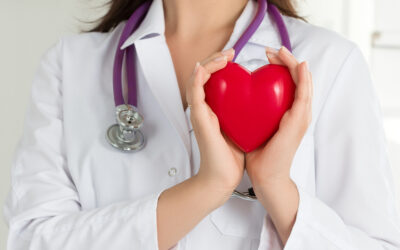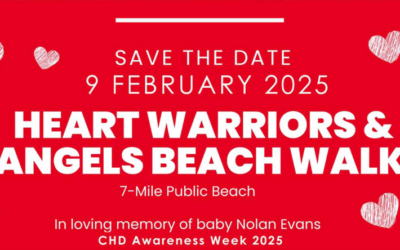Recognising Symptoms
of Cardiovascular Disease (CVD)Recognising Symptoms of Cardiovascular Disease (CVD)
Cardiovascular disease (CVD) refers to a group of disorders affecting the heart and blood vessels. It includes conditions such as coronary artery disease, heart attacks, strokes, and heart failure, often caused by the buildup of fatty deposits in the arteries (atherosclerosis), leading to blocked or narrowed blood vessels.
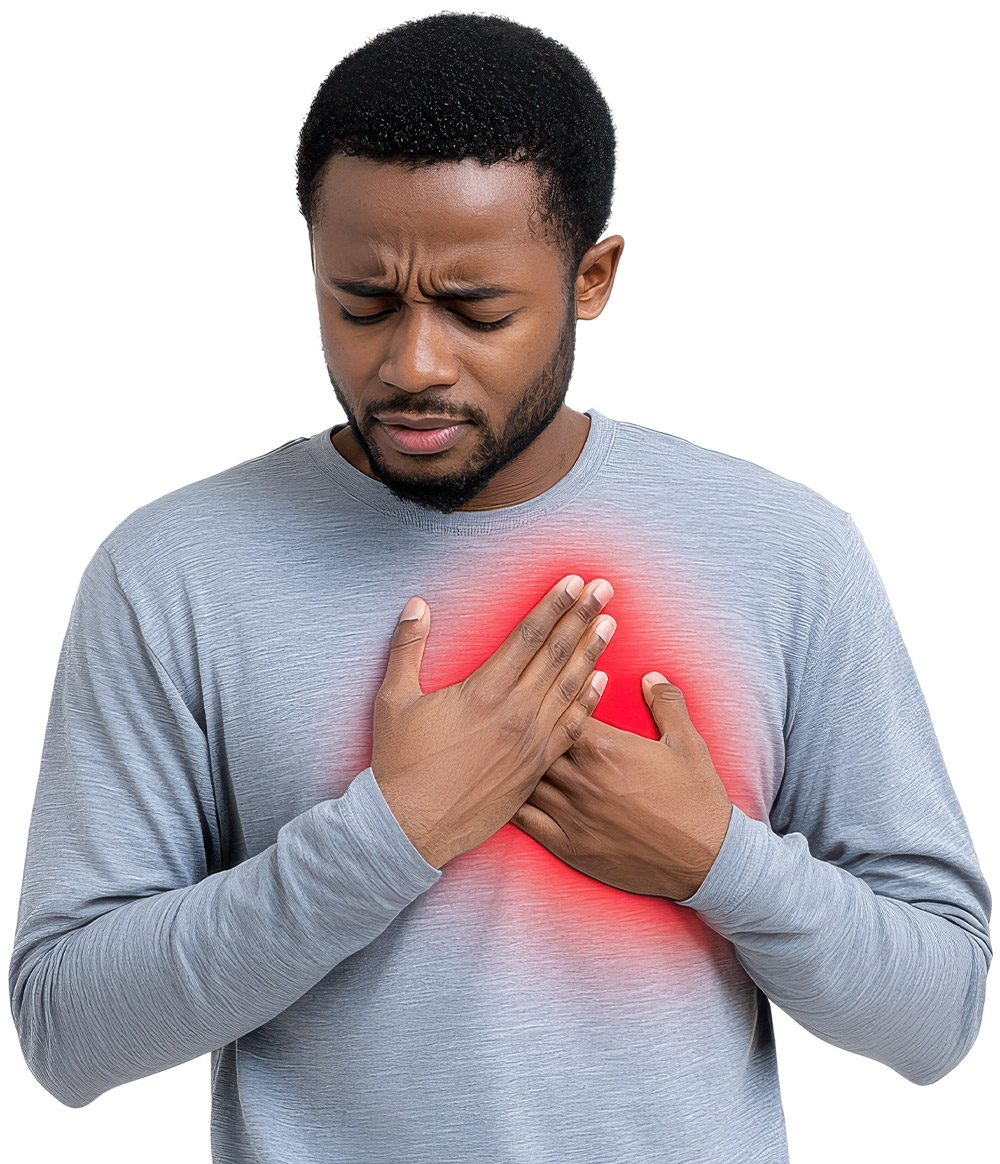
Recognising a Heart Attack
A heart attack occurs when an artery that sends blood and oxygen to the heart is blocked. Symptoms of a heart attack vary. Some people have mild symptoms; others have severe symptoms. Some people have no symptoms. With all cardiovascular events, time matters. If you are experiencing symptoms or something doesn’t feel right in general, dial 911 immediately.
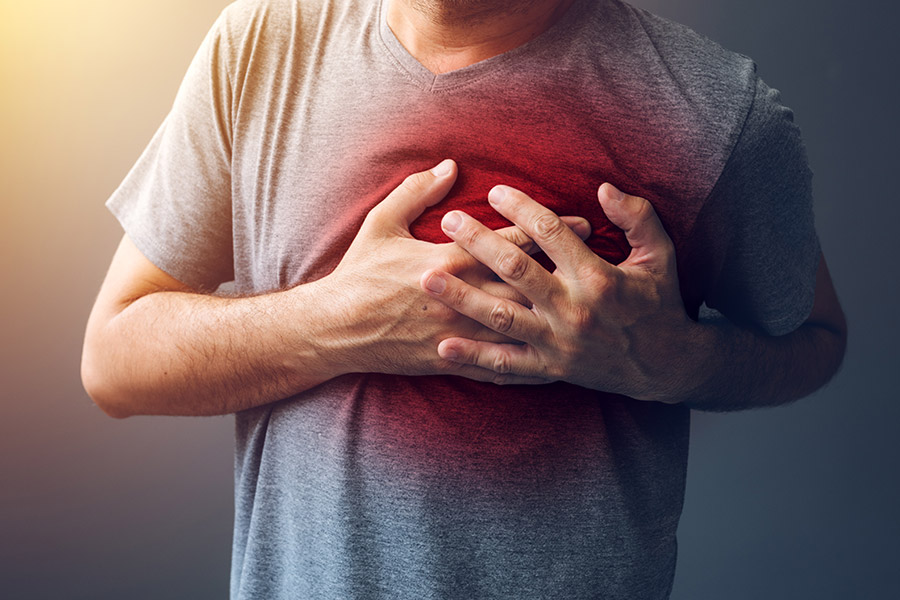
Common Signs & Symptoms
- Chest pain that may feel like pressure, tightness, pain, squeezing or aching
- Pain or discomfort that spreads to the shoulder, arm, back, neck, jaw, teeth or sometimes the upper belly
- Cold sweat
- Fatigue
- Light-headedness or dizziness
- Nausea
- Shortness of breath
- Heart burn or indigestion
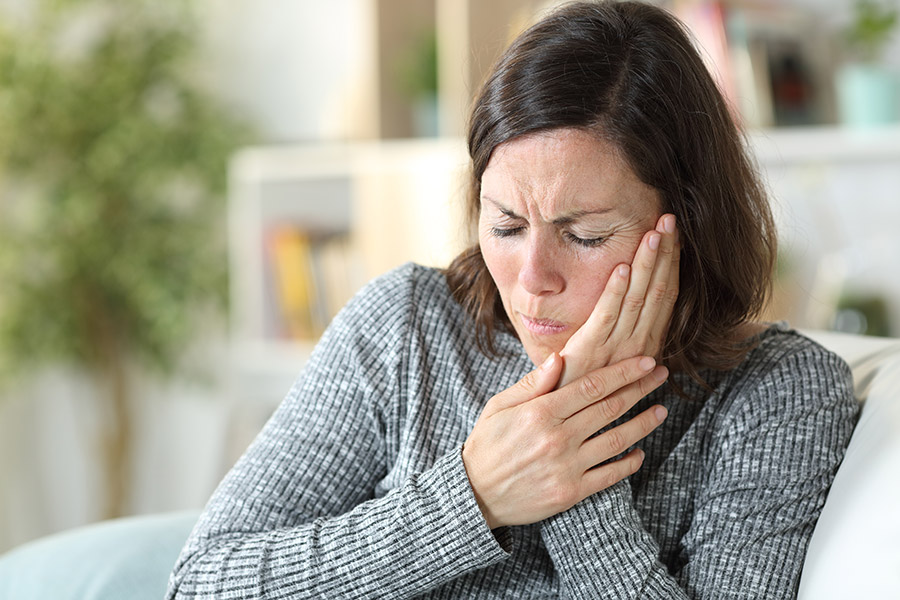
Gender Differences in Symptoms
Less common symptoms of a heart attack that women may experience:
- Anxiety
- Shortness of breath
- An upset stomach
- Pain in the shoulder, back, or arm
- Unusual fatigue and weakness
Recognising a Stroke
A stroke happens when blood flow to the brain gets blocked or a blood vessel bursts. Then part of your brain can’t get the oxygen it needs, and brain cells become damaged or die. With all cardiovascular events, time matters. If you are experiencing symptoms or something doesn’t feel right in general, dial 911 immediately.

Common Signs & Symptoms
- Weakness or numbness on one side of your face or in one arm or leg
- Confusion, trouble speaking, or trouble understanding speech
- Trouble seeing in one or both of your eyes
- Trouble walking, dizziness, or lack of balance or coordination
Downloadable Resources
Cardiovascular Disease: On Overview
Heart Disease in Women
Recognising a Heart Attack in Women
Accessing Support in the Cayman Islands
If you experience symptoms of cardiovascular disease in the Cayman Islands, it’s crucial to seek immediate medical attention. If you are experiencing any symptoms:
Call 911 or go to A&E immediately.
For non-emergency situations, consult local healthcare providers or contact the Cayman Heart Foundation for resources and support.
Prioritising heart health through awareness and timely intervention can significantly reduce the risks associated with cardiovascular disease.

Latest News
Stay informed with the latest news, updates, and developments from the
Cayman Heart Foundation. View articles, event announcements, and insights about heart health, community initiatives.

